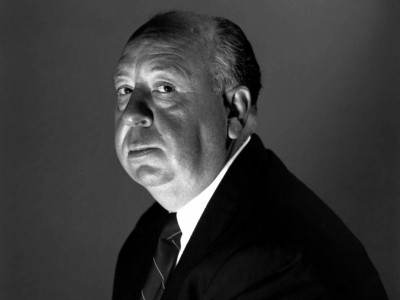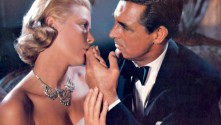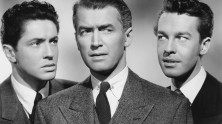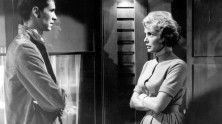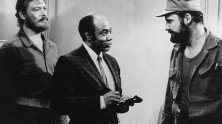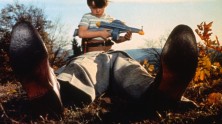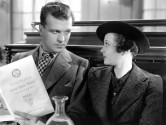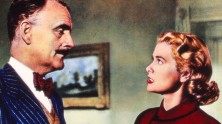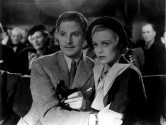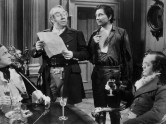
Blackmail
Juno and the Paycock
British International Pictures only asked Hitchcock to remake enough portions of Blackmail with dialogue to make for a passable “part-talkie,” but the ever ambitious director made preparations on the sly to avail himself of the new medium’s creative possibilities. In spite of the restrictive nature of the early sound technology, Hitchcock staged a remarkable series of expressionistic effects. The theme of “guilty woman,” in particular, is reinforced by subjective sound—most famously when a breakfast conversation is smudged out except for the increasingly insistent word “knife.” Idle chatter about the homicide clarifies Hitchcock’s pleasure in revealing our workaday fascination with murder. Joan Barry read the lines for a pantomiming Anny Ondra, the Czech actress whose English film career stalled with the coming of sound.
Hitchcock’s first sound film after Blackmail closely adheres to Sean O’Casey’s hit play about an Irish family’s wildly changing fortunes during the Troubles. The director would later deride Juno and the Paycock as a “photograph of a stage play,” but his camera comes alive in the presence of the family’s wayward son, Johnny, a young man who lost an arm for the same cause he now informs against. Aural hallucinations of gunfire attach to Johnny's point-of-view, a sharp break from the otherwise theatrical conception of character. O’Casey made a lasting impression on Hitchcock, serving as the model for a disheveled doomsayer in The Birds.


